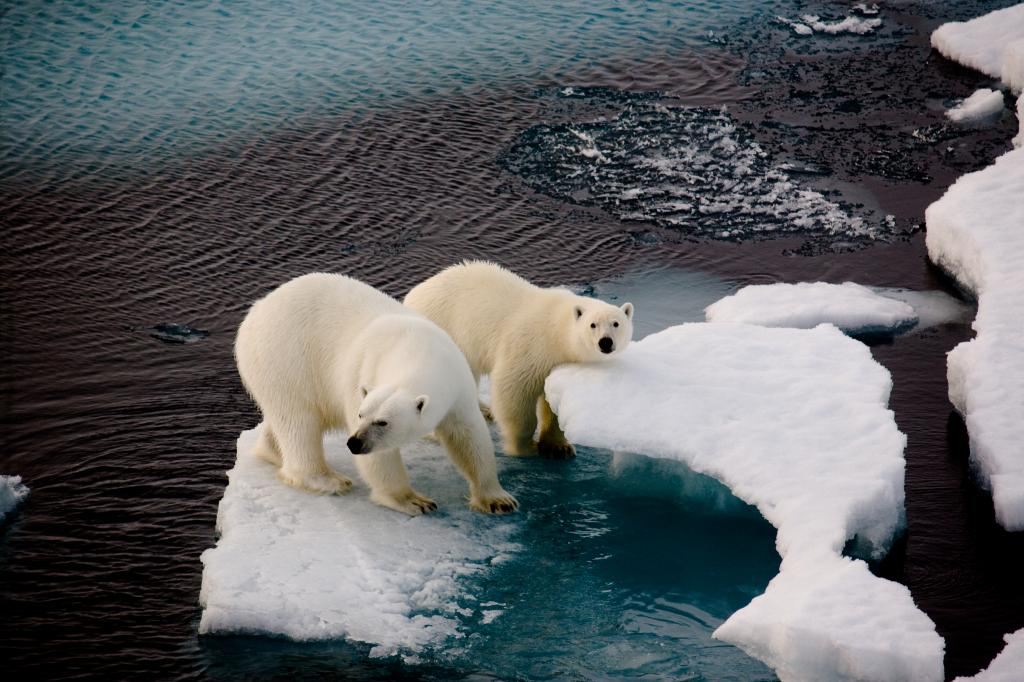Free Courses Sale ends Soon, Get It Now


Free Courses Sale ends Soon, Get It Now



Disclaimer: Copyright infringement not intended.
Context
A study published in the journal Nature Geoscience that reveals the emergence of a new source of methane in the Arctic: groundwater springs.
Details
Study Findings
Impact of Global Warming
Characteristics of Groundwater Springs
Geological Factors
Potential Methane Reservoirs
Importance of Understanding Arctic Methane Release
About Norway
Geographical Features
Political Structure
Economy and Welfare State
Natural Resources and Environmental Stewardship
Social Indicators and Quality of Life
Cultural Heritage and Viking History
Outdoor Activities and Tourism
|
PRACTICE QUESTION Q) Discuss the implications of methane emissions from groundwater springs in the Arctic for global climate change. Suggest measures to mitigate methane release from groundwater springs and address the challenges posed by this phenomenon. (150 words) |
© 2024 iasgyan. All right reserved